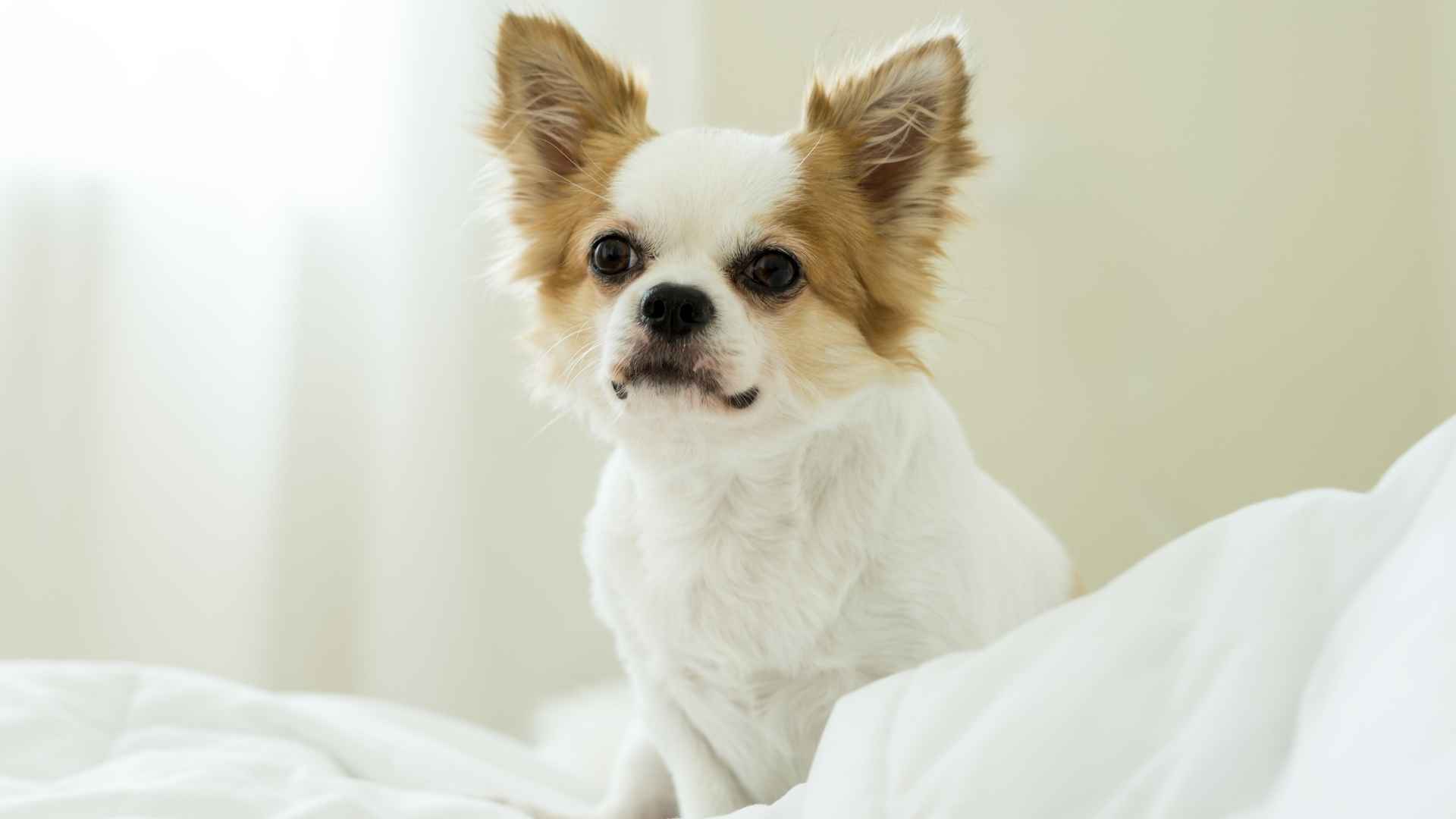You live in a building where everyone hears everything. That means no barking at 6 a.m., no wild zoomies across the hardwood floor, and definitely no howling.
You love your mornings quiet, and you need a dog that gets that. Whether you live in a small apartment or just like a peaceful start, some dogs are a better fit than others. They don’t rush into the day. They don’t demand your attention the moment you sit down.
They’re slow starters, like you. Maybe you sip tea on your balcony. Maybe you read before breakfast. Maybe you just like not being barked at before 8. Whatever the reason, you’re not alone—and there are dogs made for mornings just like yours.
In this article, we’ll show you the breeds that won’t make noise before the coffee kicks in. These are the quiet companions you’ve been waiting for.
Dog Breeds That Like Quiet Mornings
1. Shih Tzu
Shih Tzus don’t rush into the day—they prefer slow stretches, gentle yawns, and quiet pacing before any real movement begins. Their internal rhythm aligns perfectly with calm routines, especially in low-stimulation environments. Morning silence is something they don’t just tolerate—they lean into it.
Low-Drive Temperament
This breed isn’t wired for constant alertness or sudden reactions. Even during outdoor breaks, they prefer sniffing quietly over chasing or barking. They keep their energy low, which makes them one of the calmest dog breeds you can wake up next to.
History of Lap Companionship
Originally bred as royal lap dogs in ancient Chinese courts, Shih Tzus were often given as precious gifts, as per Britannica. That instinct hasn’t faded—they’re still content simply being near, not constantly engaged. Their quiet mornings are rooted in centuries of stillness.
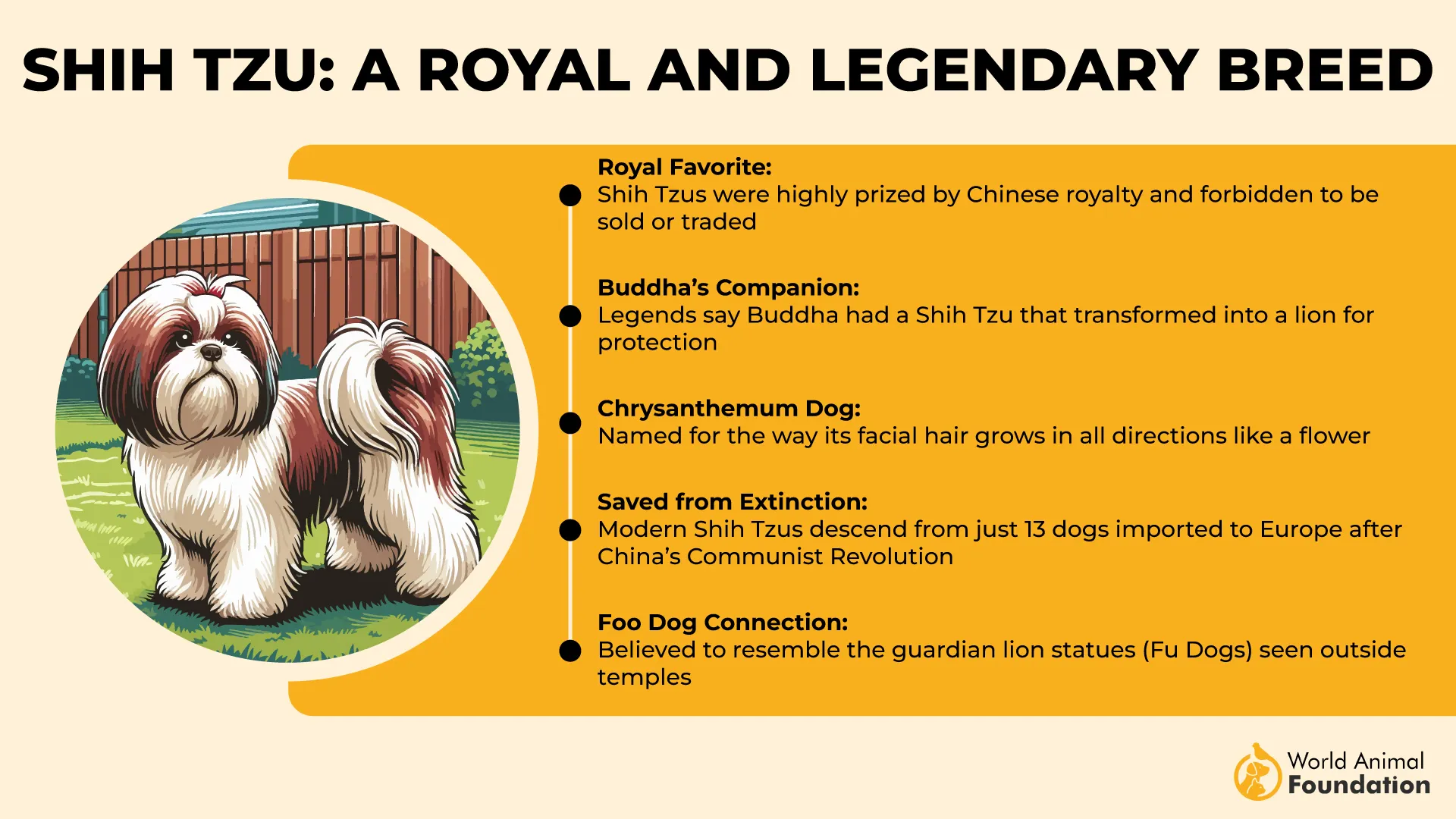
Perfect Fit for Still Mornings
Their compact size and easygoing nature make them an ideal canine companion for those who value slow starts. They don’t demand early walks or vocal play—they’d rather wait beside a coffee mug in a warm patch of sun. Many prospective pet parents find that rhythm comforting.
2. Whippet
Whippets are remarkably attuned to their environment, often mirroring the emotional and physical pace of their humans. If mornings are slow and hushed, they respond in kind, rarely interrupting with unnecessary movement or sound. This sensitivity makes them well-suited for peaceful starts.
Selective Energy Use
Though known for sprinting, Whippets conserve their energy unless truly engaged. They don’t roam or pace in the morning; instead, they remain still, alert but undemanding. Their calm nature makes them comfortable waiting for cues instead of initiating activity.
Naturally Reserved Vocalization
They are part of the sighthound family—breeds often noted for being reserved and quiet in temperament, as per PDSA. Barking isn’t their style, and especially during early hours, they remain near-silent. As a quiet dog breed, they’re frequently recommended for apartment settings or shared living spaces.
Morning Routine Compatibility
They enjoy soft bedding, warm sunbeams, and extended lounging before meals or walks. Their thin coats make them sensitive to cold floors, encouraging curled-up rest until the room warms. These details shape a morning companion who doesn’t rush, just adjusts calmly.
3. Bernese Mountain Dog
Bernese Mountain Dogs are early risers—but not energetic ones. They tend to sit quietly near a window or patio, watching the morning unfold without needing stimulation. That stillness is instinctive, not trained, and reflects their composed working heritage.
Content With Calm Environments
Their thick double coat keeps them comfortable during cool morning hours, making them linger outside longer when others head back in. They’re slow to stir, especially in peaceful, low-noise spaces. This makes them ideal for quiet homes with open porches or shaded yards.
Naturally Attentive Temperament
Though categorized among big dogs, they’re unusually gentle when alert. Their background in draft work developed a calm endurance—they observe more than they act. This contributes to smoother routines and easier obedience training, especially in the early hours.
Easygoing Start to the Day
Berners won’t demand intense walks the moment they wake. Their bodies need time to loosen, and they prefer shorter strolls or yard time before any physical activity builds up. They match well with households that take the morning slow by design.
4. Borzoi
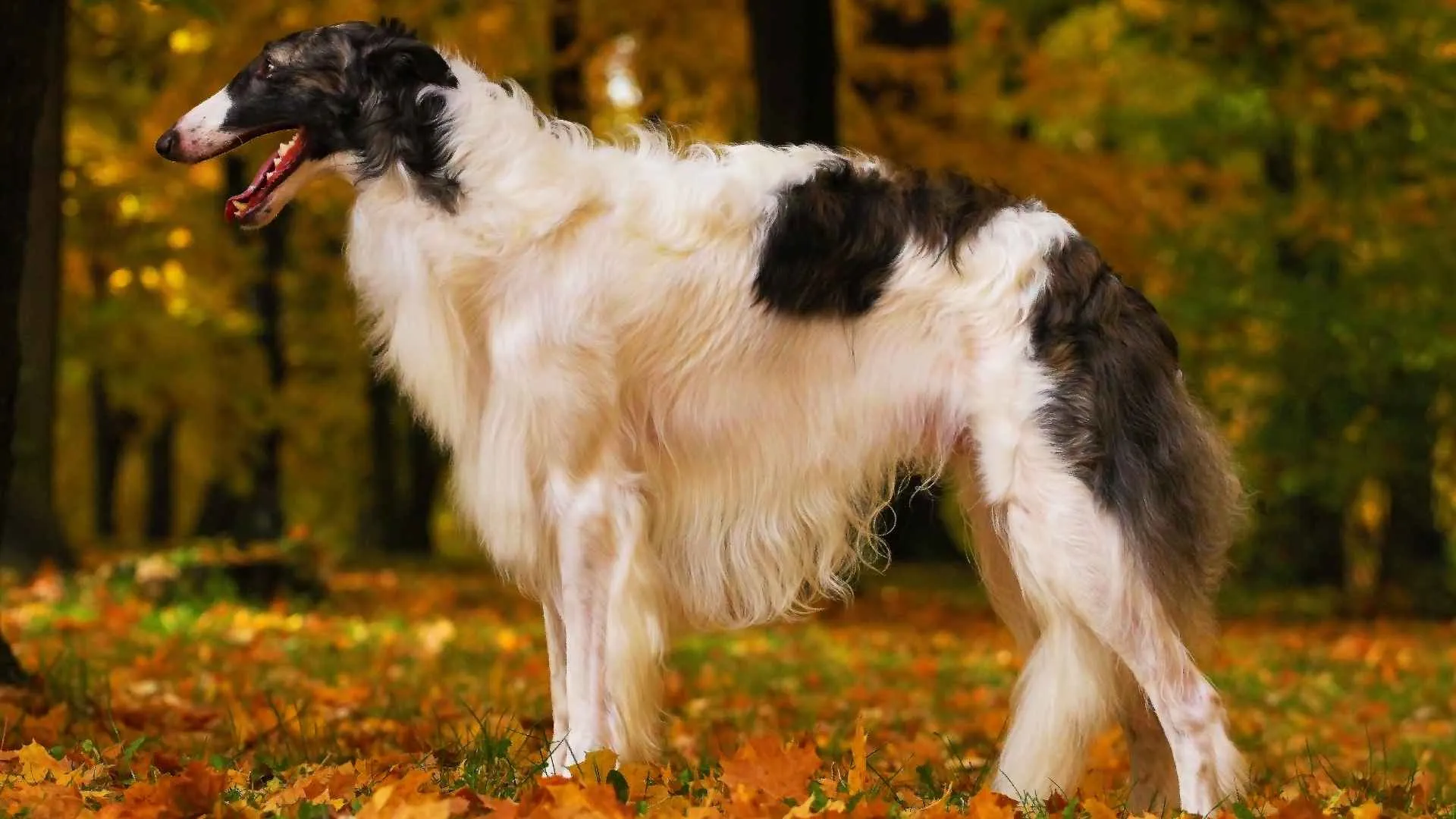
The Borzoi doesn’t stir with the first sound of the day—they linger quietly, often remaining curled up long after the sun is up. Their preference for silence isn’t a phase—it’s part of their temperament. Movement comes only when it feels necessary, never in haste.
Reserved but Present
They don’t hover or demand attention but tend to follow from a distance, especially in the early hours. Borzois are content simply being nearby, without interrupting the calm. Their reserved nature gives mornings an almost meditative quality.
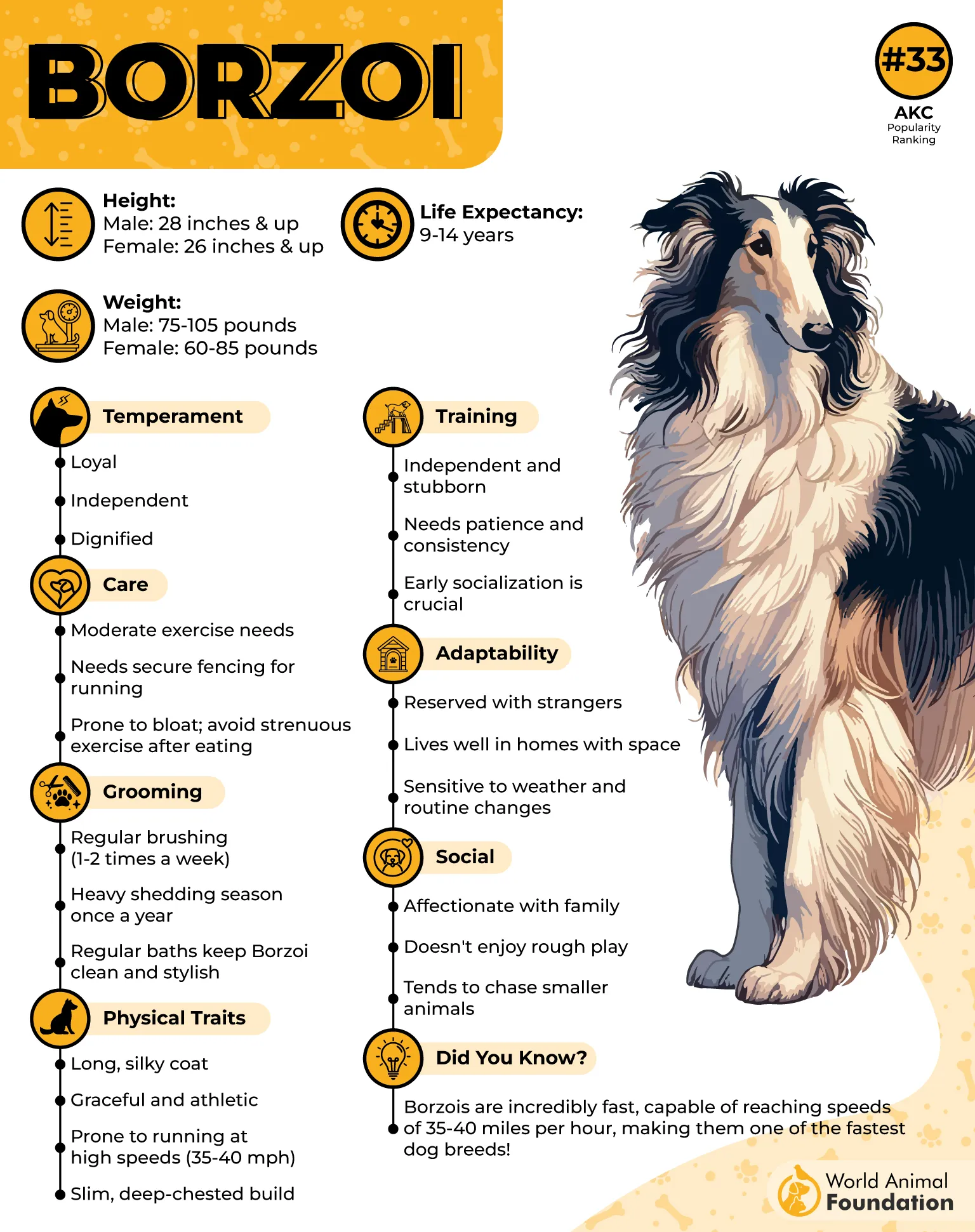
Quiet Legacy of Nobility
Once the favored sighthounds of Russian aristocracy, they were often seen lying silently in palaces before coursing hunts, as stated in Britannica. That elegant restraint hasn’t changed—they conserve energy with intention. Even among canine dogs, they’re one of the most serene first-thing-in-the-morning.
Movement With Purpose
Though they need regular physical activity, they don’t seek it at dawn. Mornings are for stillness—exercise comes later, with full-body sprints, not restless pacing. Gentle training helps shape this balance without disrupting their natural grace.
5. Scottish Deerhound

Scottish Deerhounds are known for their calm demeanor early in the day, preferring long stretches and quiet pacing before any activity. They typically remain still for extended periods, especially in peaceful settings. Early morning silence suits their natural rhythm, especially outside of working or exercise hours.
Not Demanding Indoors
Despite their size, they adapt well to quiet indoor routines with little disruption. Their energy levels peak in short bursts, not throughout the day, so mornings remain largely passive. They’re unlikely to pace or vocalize unnecessarily, even when awake.
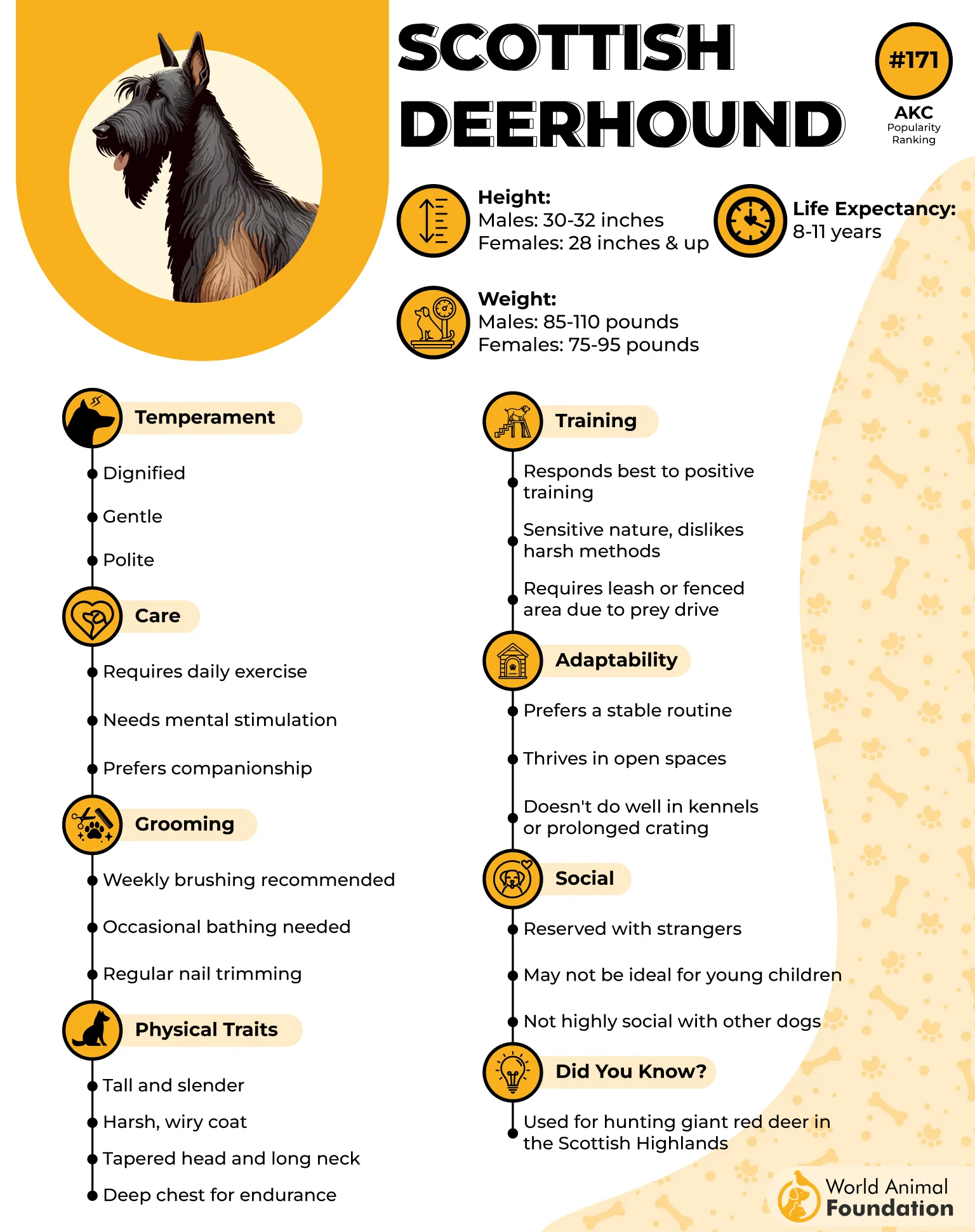
Built for Stillness, Not Stimulation
Historically bred to hunt silently, Scottish Deerhounds have retained a composed presence that doesn’t thrive on stimulation. Fast reactions aren’t their default—they observe more than they engage. This makes them unsuitable for chaotic households with active children running around early.
Trust-Based Relationships
They’re known to bond deeply but don’t seek constant engagement, especially first thing in the morning. Many owners note their dog quietly trailing them to the kitchen or porch, not for attention, but simply to share space. That quiet companionship fits seamlessly into slower-paced life routines.
6. Basenji
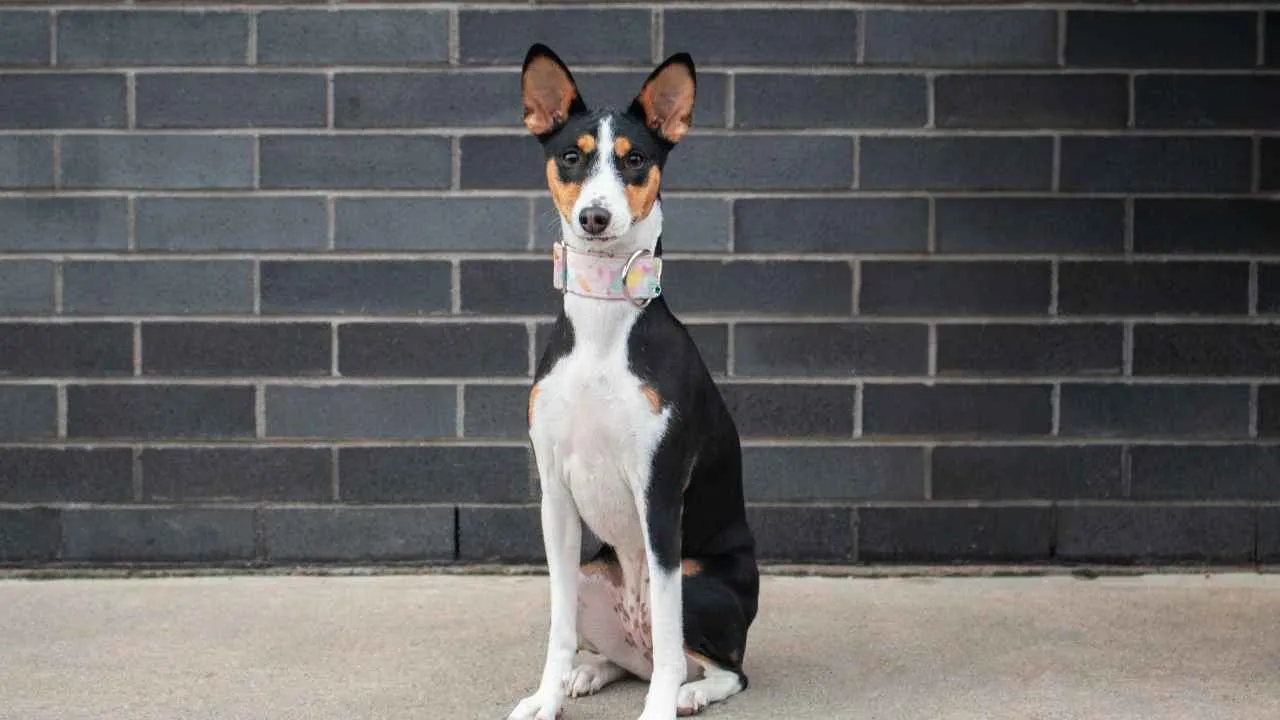
Basenjis are famously known as the “barkless dog”, thanks to their uniquely shaped larynx that produces a yodel-like sound instead of a traditional bark. This isn’t just a rare trait—it completely shifts the energy of the home. Morning peace stays undisturbed, even when they’re fully awake.
Slow Starters Indoors
They take their time easing into the day, often staying curled up long after sunrise. Sudden movement or noise doesn’t prompt them—they prefer a quiet scan of their space before engaging. This behavior is consistent across most adult Basenjis, especially in low-stimulus environments.
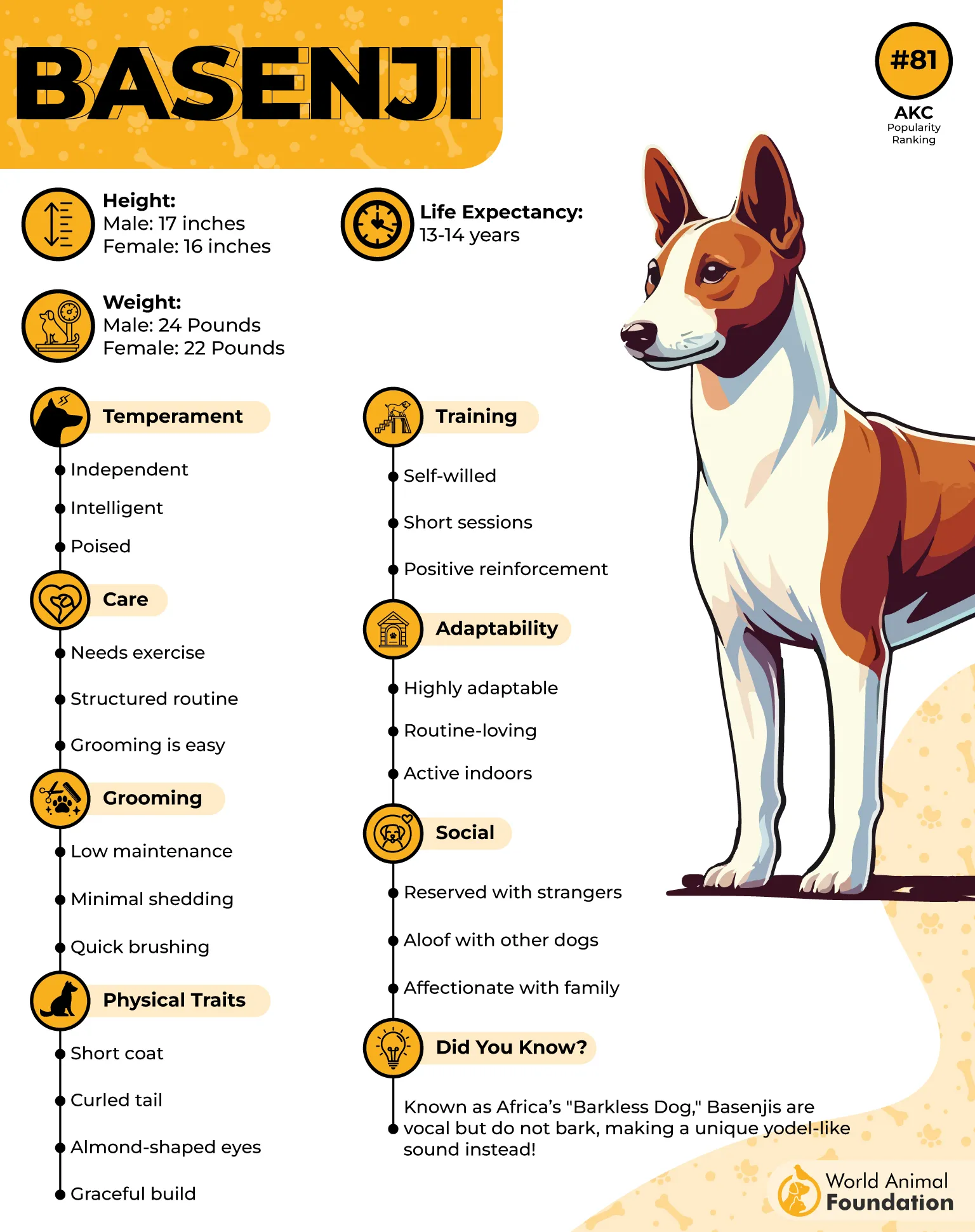
Independent but Observant
They tend to watch before acting, especially in the early hours. You’ll often find them sitting silently by the window, monitoring without reacting. Their body stays still, ears move just slightly—a kind of calm alertness that fits peaceful mornings perfectly.
Sensitivity to Routine
Basenjis are extremely sensitive to patterns in the household, including morning habits. If your mornings are coffee, silence, and minimal fuss, they naturally adjust to that. Even their grooming habits are cat-like—quiet, repetitive, and focused, usually before the day begins.
7. Cavalier King Charles Spaniel
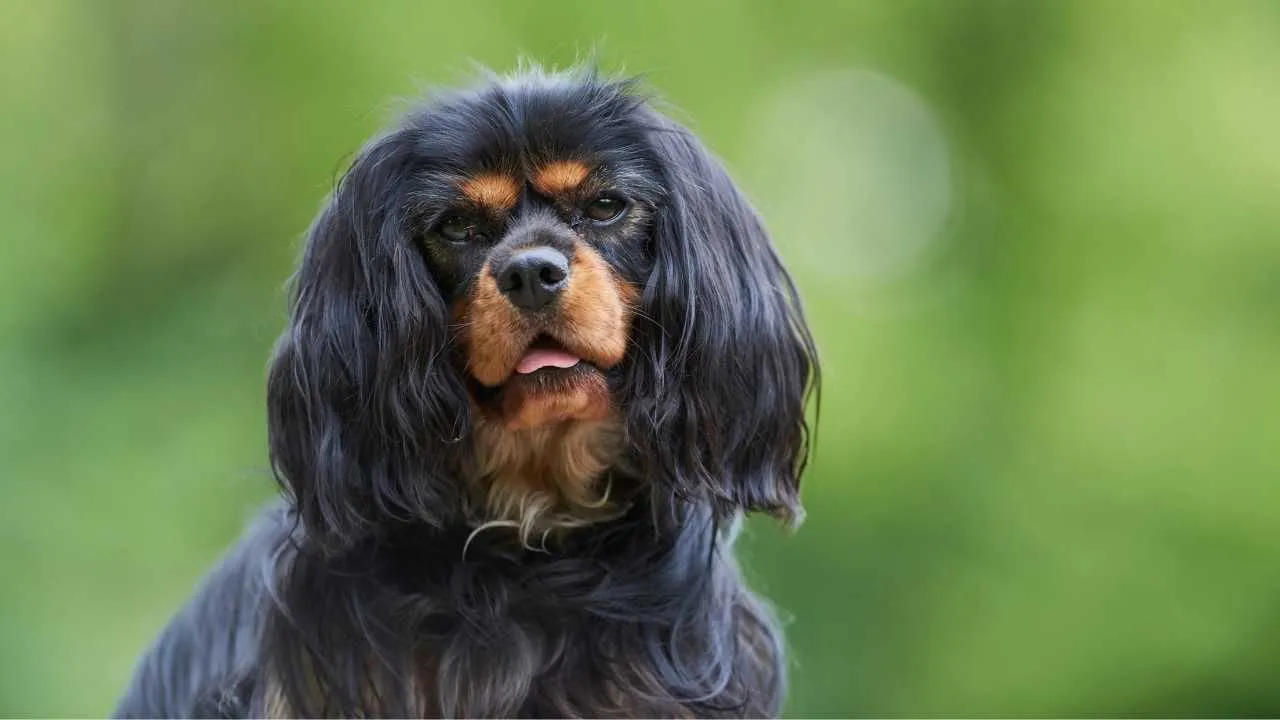
Cavalier King Charles Spaniels were bred as quiet lap companions in European courts, not for guarding, not for chasing. Their natural inclination is to stay close, stay quiet, and stay still, especially in the early hours. They don’t stir unless you do.
Soft-Eyed Sensitivity
These dogs are deeply attuned to the emotional tone of a room, often responding to energy shifts without a sound. Their mornings usually begin with observation, not activity. They won’t bark at rustling curtains or passing cars unless there’s a real cause.

Slow Starts Fit Their Physiology
With a relatively low prey drive and a heart that’s monitored closely due to breed predispositions, they aren’t suited for rough morning play. Vets often recommend pacing their day gently, with morning being the most important time to keep things relaxed.
Historical Tendency Toward Lounging
Historical portraits often show Cavaliers draped beside nobility. This breed was selectively chosen for companionship that doesn’t disrupt calm environments. They’ll still follow that instinct today, curling up on a blanket until you make the first move.
Conclusion
Not every dog is made for chaos, and not every person wants it either. If your mornings are quiet, your dog should be too. These breeds bring calm, patience, and a pace that matches yours.
Many of them are low-energy dogs with simple grooming needs and a love for short walks. Some are big, some are small dogs, but all of them have a laid-back way of being that makes life feel softer.
Whether you live in a busy city or a quiet corner, these pretty quiet companions are made for still mornings and long stretches of peace. It doesn’t take much to keep them happy—just love, low-maintenance care, and a bit of outdoor time when the day calls for it.
A quiet dog doesn’t mean a boring one. It means a dog that understands calm. And sometimes, that’s exactly what home should feel like.


